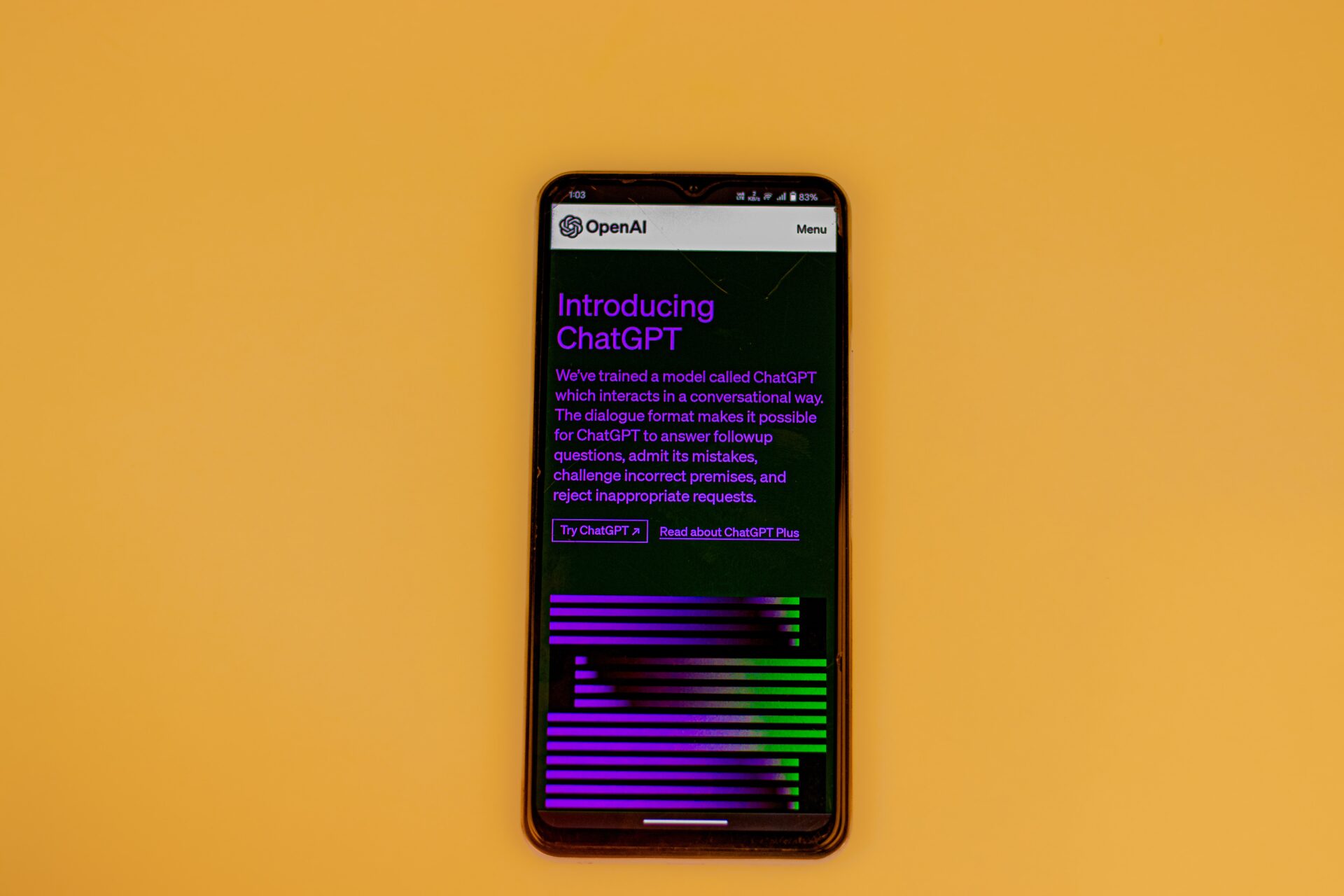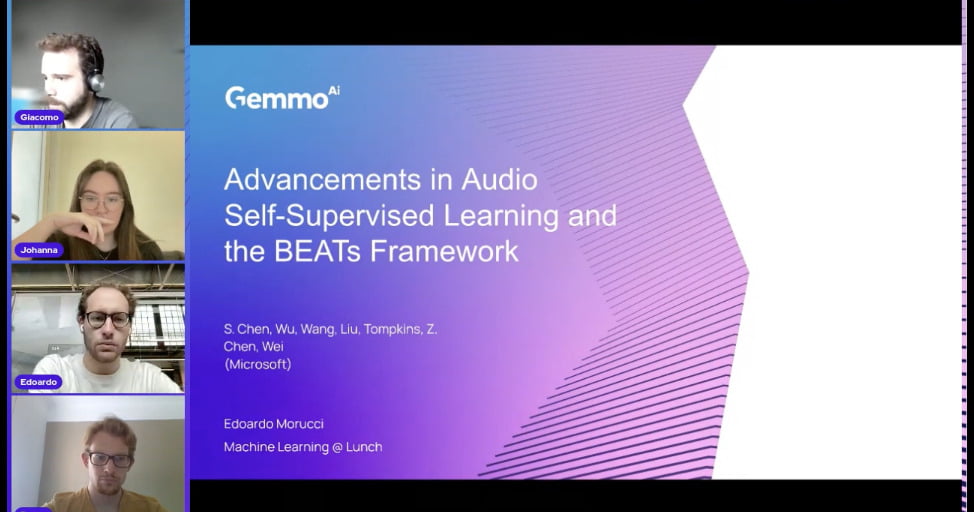Will AI Replace Human Translators?
In the midst of the Cold War, Soviet premier Nikita Khrushchev declared that the USSR would outlast the United States.This sentence didn’t sound friendly to American ears, but news reporters made it even worse when...

In the midst of the Cold War, Soviet premier Nikita Khrushchev declared that the USSR would outlast the United States.
This sentence didn’t sound friendly to American ears, but news reporters made it even worse when they wrongly translated it as “we will bury the United States”. The misunderstanding exacerbated, even more, the conflict between the two powers and triggered fears of a nuclear attack. This is a telling example of the diplomatic consequences of a wrong translation.
An article published in The Guardian at the beginning of April 2022 reported that the French newspaper Le Monde launched an online English-language edition. The interesting note is that the translation from French into English is partly carried out by AI tools.
As shown by the example above, wrong or inaccurate translations can lead to serious diplomatic incidents, if not worse. This is why the importance of professional translators has been recognised over time, and they are now largely employed to carry out accurate and sensitive translations. Sure, we have all used Google Translator when on holidays abroad. But can we trust AI tools to provide the correct translation when it comes to mainstream media and politics?
How to nail the perfect translation
Before delving into the technology behind AI translators, we need to understand the work behind a good translation. Many words in the English language have more than one meaning. Let’s take the word nail, for example. When using this word, we usually refer to the nails on our fingers. So, what about the nail we’ve used to hang a painting on the wall? And what do we say to ourselves when we do something very well? I nailed it! Same word, three different meanings. Yet, there’s more to it. Let’s take the last example I nailed it! If we shout it loud while holding a rolled-up newspaper and pointing at a dead fly on the floor, we probably mean that we killed the fly. It’s complicated, we know!
These examples help us understand that the perfect translation doesn’t exist because it all depends on the context. The human brain is capable of processing words, sentiments and many other internal and external inputs at the same time. Still, it finds it hard to come up with the correct solution to translating a single word at times. How can AI translators do that to the same level or even better than humans?
Recreating the brain of a human translator: neural machine translation (NMT)
The first examples of machine translation lacked accuracy. These early technologies didn’t consider the different meanings and sentiments expressed by the same word or sentence. The real breakthrough in assisted translation happened with the deployment of neural machine translation. This technique applies artificial neural networks to predict the likelihood of a sequence of words. An artificial neural network is a machine learning tool at the core of deep learning. It is actually one of the first machine learning algorithms invented in the fifties, and its structure resembles the human brain. This algorithm contains many nodes which are connected together and produce an output in response to many different inputs. Basically, they behave like the neurons inside the human brain. Quoting IBM’s website, “once these learning algorithms are fine-tuned for accuracy, they are powerful tools (…) allowing us to classify and cluster data at a high velocity. Tasks in speech recognition or image recognition can take minutes versus hours when compared to the manual identification by human experts.”
The latest neural machine translation tools are more accurate than the previous assistive technologies. They can recognise and reproduce different meanings and sentiments. In other words, they behave like the brain of a professional human translator.
Will AI-powered tools replace human translators?
The answer is no…At least for now.
AI has improved the accuracy of machine translation tools, but it can’t replace humans. AI tools still struggle with understanding the context, tone of voice, and cultural and colloquial nuances of everyday language. Neural machine translation is a huge help in speeding up the translation process. Still, there’s the need for a human editor or reviewer. On its website, Le Monde explains that “the team (of its English language edition) is composed of eight journalists (…) responsible for selecting articles for translation, editing the translated versions and managing the English home page of the site. The translation is done by international agencies with the help of an artificial intelligence tool. The selection and editing of the articles is done by native English-speaking journalists”.
We are sure that further technological development will improve the accuracy of machine translation even more. For now, we are reassured to know that AI translators are being supervised by professionals.
Author Manuela Armini
Want to keep up with all things AI?



